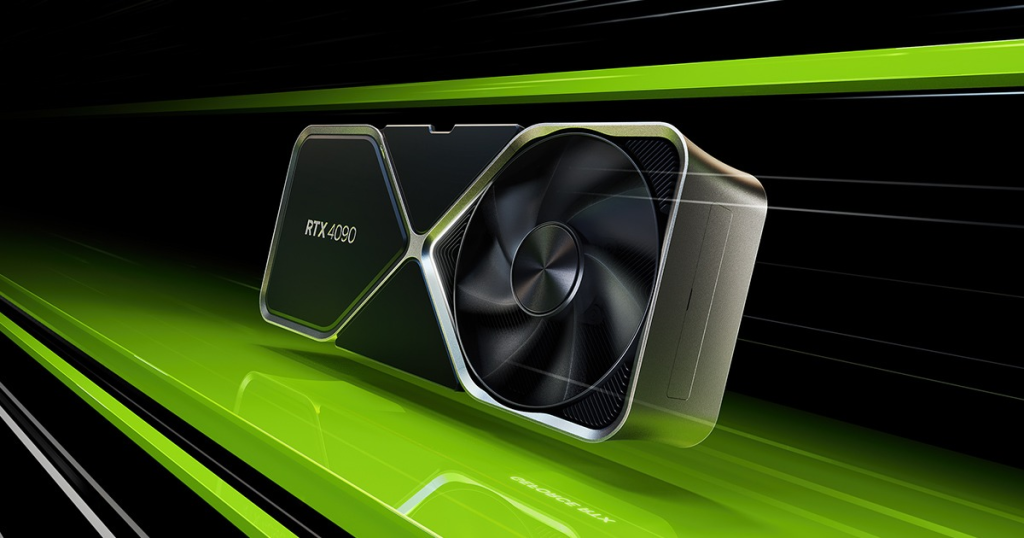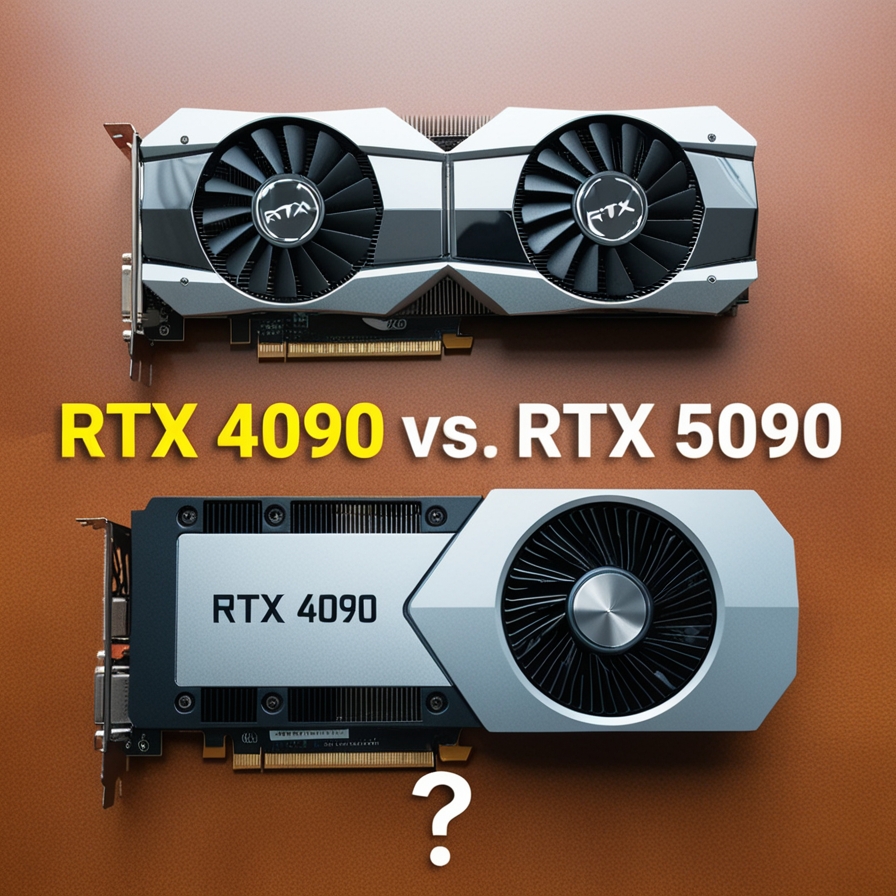For tech enthusiasts and industry experts, understanding the latest advancements in GPU technology is more than just a hobby—it’s a necessity. As NVIDIA continues to push the envelope in graphics and computing power, the spotlight is currently on two remarkable GPUs: the NVIDIA RTX 4090 and its anticipated successor, the RTX 5090. While the RTX 4090 has already made waves with its exceptional performance, the RTX 5090 promises to bring even more revolutionary features to the table. This blog will dissect what we know about these GPUs, their key differences, and what the future might hold.
NVIDIA GeForce RTX 4090: A High-Performance Powerhouse

The NVIDIA RTX 4090 has established itself as a leader in the consumer GPU market. Built on the Ada Lovelace architecture and powered by the AD102 chip, this GPU excels in both gaming and professional applications. The RTX 4090 features a robust triple-slot design and is equipped with 128 third-generation RT cores and 512 fourth-generation Tensor cores. These components enhance ray-tracing performance and accelerate AI tasks such as DLSS 3, setting new benchmarks in graphical fidelity and processing power.
With 16,384 CUDA cores and 24GB of GDDR6X memory, the RTX 4090 delivers impressive bandwidth and performance. It can handle the most demanding tasks, although it does draw substantial power—450 watts to be precise. As a result, it requires a high-capacity power supply and effective cooling solutions, which can impact overall costs. Released in September 2022, the RTX 4090 remains a top choice for those seeking top-tier performance.
NVIDIA GeForce RTX 5090: A Glimpse into the Future
Anticipation is building for the RTX 5090, expected to debut later this year. This upcoming GPU will represent a significant leap forward, moving from the Ada Lovelace architecture to the new Blackwell architecture. Early reports suggest that the RTX 5090 will feature the new GB202 die and might include up to 32GB of next-gen GDDR7 memory. This new memory type is expected to offer a substantial boost in bandwidth, potentially reaching 1,532 GB/s—far surpassing the RTX 4090’s 1,008 GB/s.
The RTX 5090 is rumored to include up to 192 streaming multiprocessors, 24,576 CUDA cores, and an impressive count of 192 third-gen RT cores and 768 fourth-gen Tensor cores. With these specifications, it could deliver a performance improvement of 50-70% over the RTX 4090, particularly in 4K gaming scenarios. It’s also expected to support DLSS 4, NVIDIA’s next-gen AI upscaling technology, which will further enhance gaming experiences.
Comparing the RTX 4090 and RTX 5090: Key Differences
Here’s a quick comparison of the anticipated specifications of the RTX 5090 versus the RTX 4090:
| Specification | RTX 4090 | RTX 5090 |
|---|---|---|
| Streaming SMs | 128 | 192 |
| CUDA Cores | 16,384 | 24,576 |
| Ray-Tracing Cores | 128 | 192 |
| Tensor Cores | 512 | 768 |
| Boost Clock | 2.52 GHz | 2.9 GHz |
| Memory Bandwidth | 1,008 GB/s | 1,532 GB/s |
The Road Ahead: Is the RTX 5090 Worth the Hype?
The RTX 5090 is poised to set new standards in GPU performance, but it’s important to consider its potential cost and whether it meets your specific needs. With a rumored price range between $2,000 and $2,500, it may be seen as more of a luxury upgrade than a necessity for many users who are already benefiting from the RTX 4090’s capabilities.
As we await more details and official benchmarks for the RTX 5090, it’s crucial to balance performance gains against cost considerations. For now, the RTX 4090 remains a formidable choice for those seeking exceptional graphics and computational power.
For more insights into the latest GPU technologies and to stay ahead in the tech world, make sure to follow our updates and explore our in-depth reviews.

Leave a Reply
You must be logged in to post a comment.